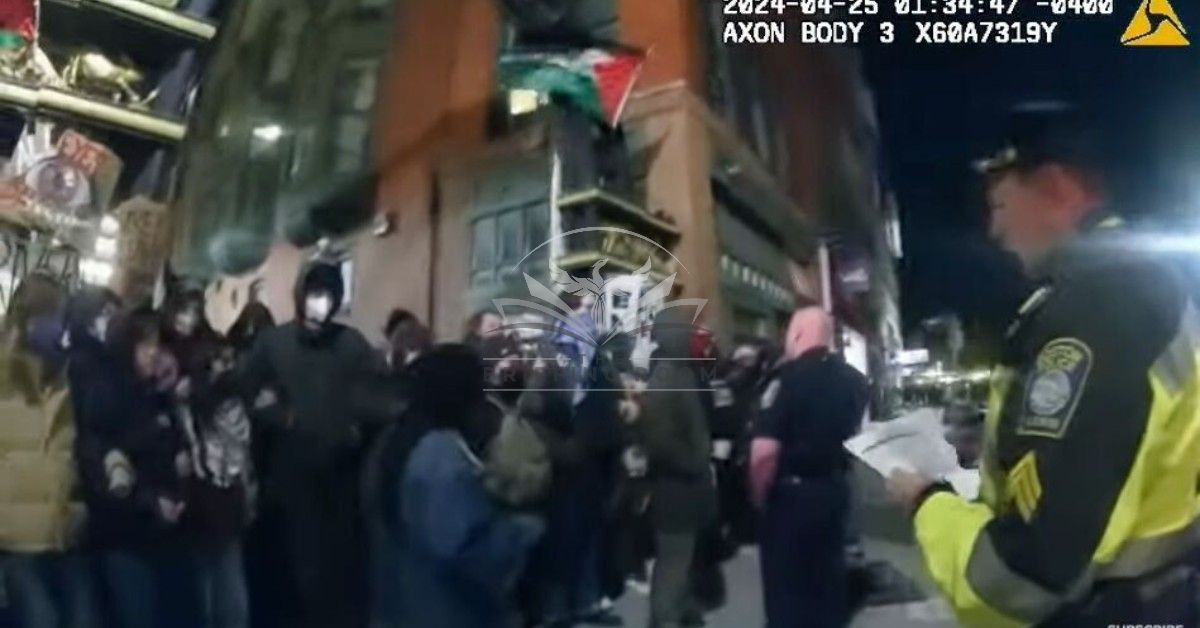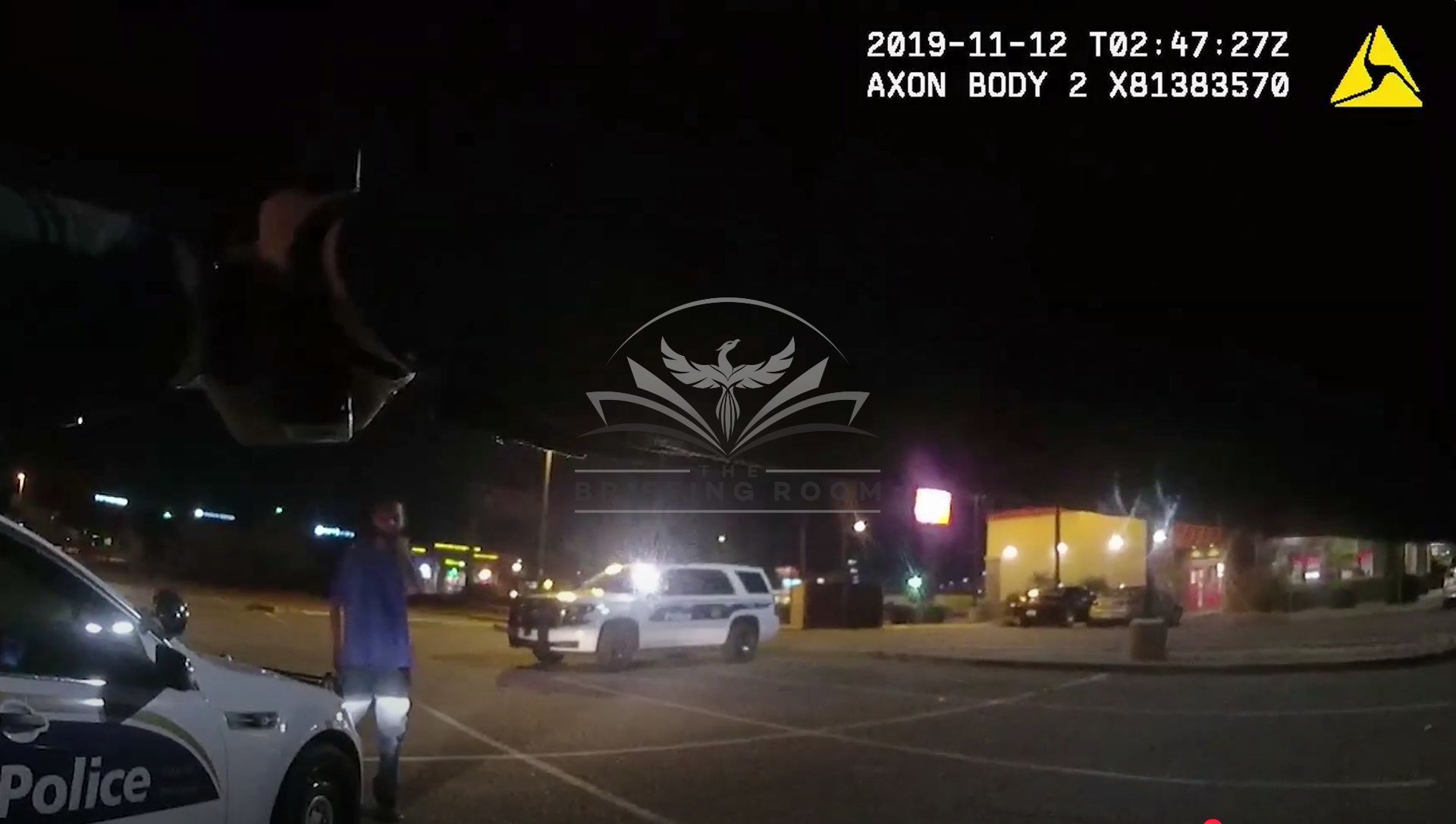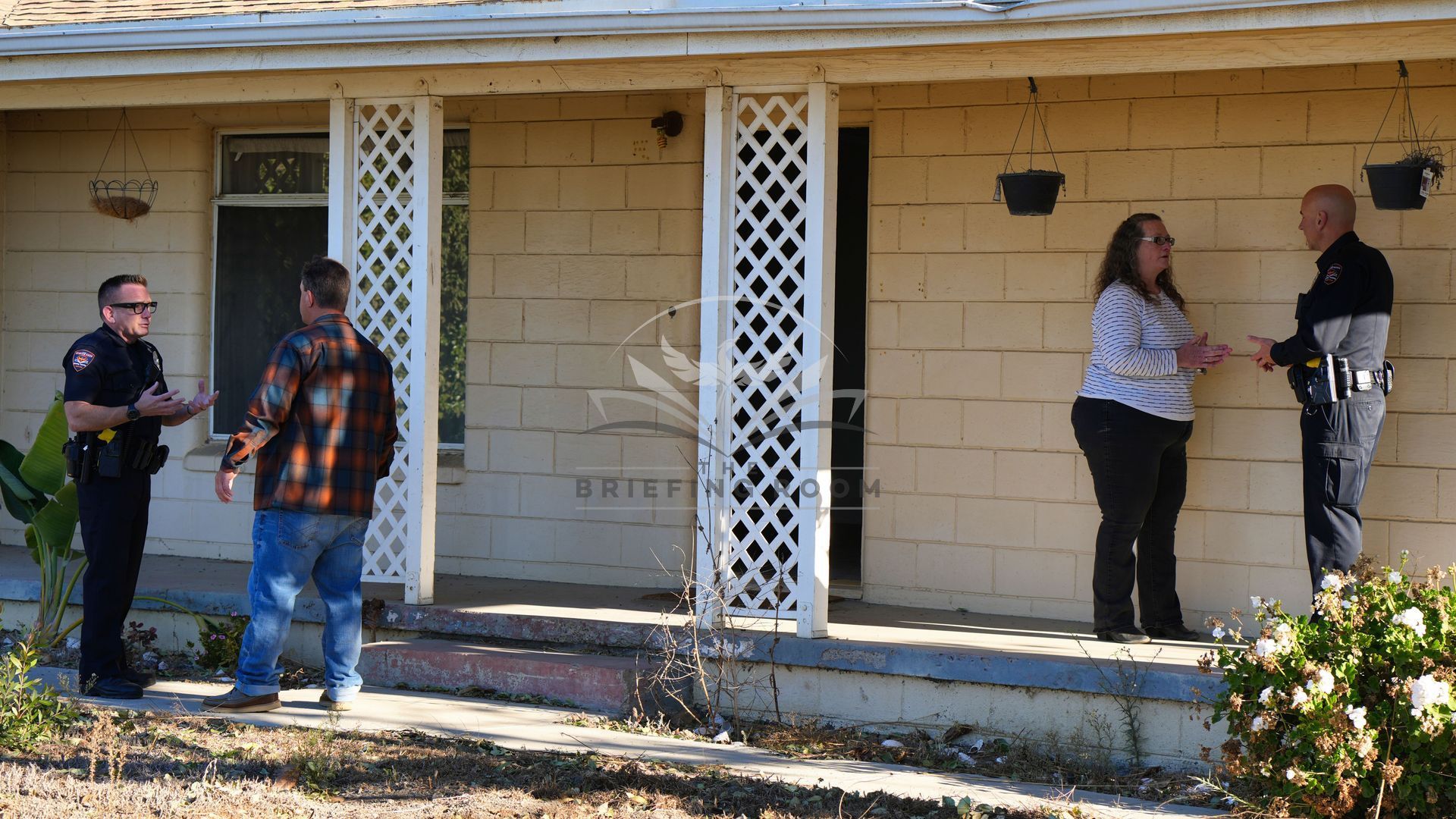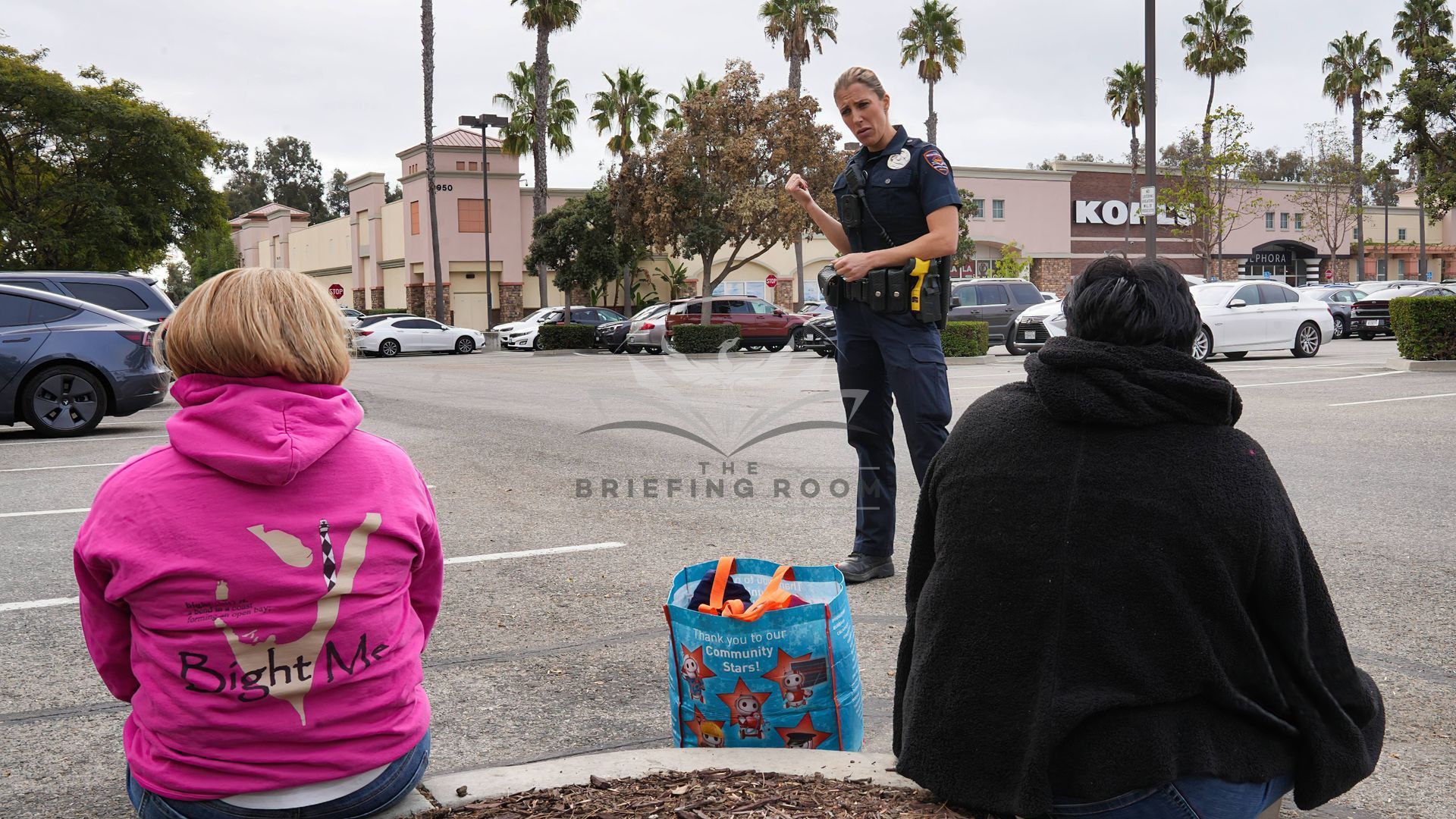When Does a Gathering Become an Unlawful Assembly?

This post is only offered as a discussion topic only and does not represent legal advice. Officers must refer to the laws in their own State as well as their agency's policies, which can be more restrictive on officers that the law requires.
Scenario: A Police officer is working patrol when they respond to a group of people assembling at an intersection. They start to increase in number as the officer shows up and begins to impede traffic by standing in the roadway.
Can this be considered an unlawful assembly, or is this act protected under the 1st Amendment?
Answer: California Penal Code Section 407 describes an unlawful assembly as:
“Whenever two or more persons assemble together to do an unlawful act, or do a lawful act in a violent, boisterous, or tumultuous manner, such assembly is an unlawful assembly.” And Penal Code Section 408 says, "Every person who participates in any rout or unlawful assembly is guilty of a misdemeanor."
So we turn to the California Jury Instructions Section 2685 for this topic. It reads, "The defendant is charged with participating in an unlawful assembly [in violation of Penal Code section 408].
To prove that the defendant is guilty of this crime, the People must prove that:
1. The defendant willfully participated in an unlawful assembly;
AND
2. The defendant knew that the assembly was unlawful when (he/she) participated.
Someone commits an act willfully when he or she does it willingly or on purpose.
An unlawful assembly occurs when two or more people assemble together (to commit a crime/ [or] to do a lawful act in a violent manner).
[When two or more people assemble to do a lawful act in a violent manner, the assembly is not unlawful unless violence actually occurs or there is a clear and present danger that violence will occur immediately.]
To disperse an unlawful assembly, or to begin making arrests for it, the officer needs to understand how the section works. With the current climate in the United States, it helps to understand when a protest, planned or not, becomes unlawful and officers can begin to enforce the law.
As always though, be sure to refer to your own agency's policy, which may be more restrictive than the law.
This blog topic serves as a summary of our video lesson on this crucial topic. If you're interested in accessing the full video lesson and additional resources, click the link to register for your free 30-day trial.
The Briefing Room has a short training video available on this exact scenario so agency supervisors can easily train every officer in your agency on this essential topic.
90-Second Training Videos Your Supervisors Use During Briefing or Roll Call To Develop High-Performing Teams of Officers.
✅ Lower Liability
✅ Retain Officers
✅ Build Community Support
🌟 Produced Exclusively by Active-Duty Law Enforcement Instructors 🌟



